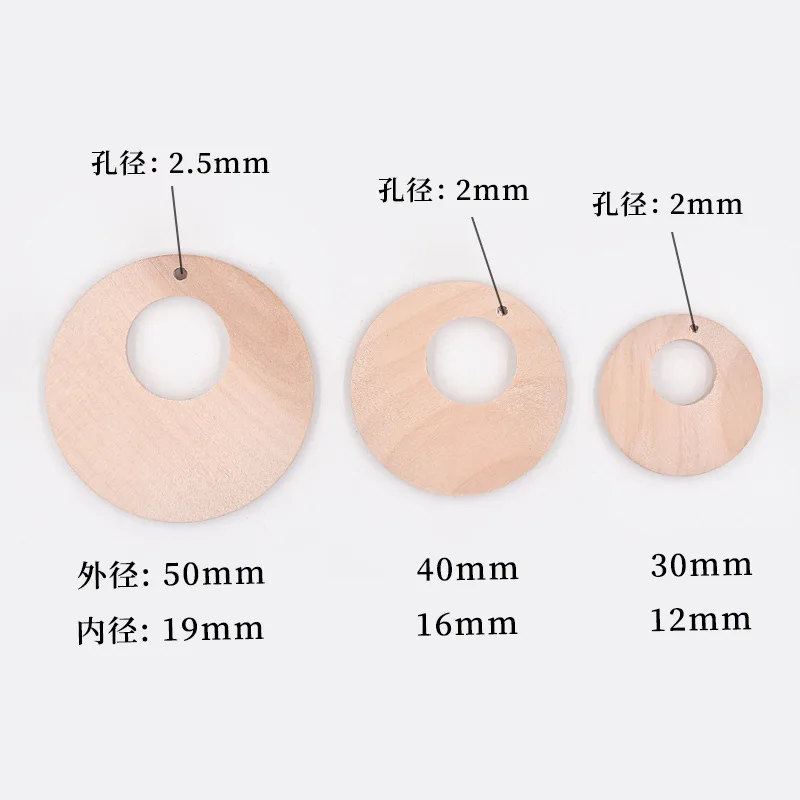

A classic example of stud earrings are solitaire studs. However, they all have in common that they are directly attached to the earlobe and don’t dangle. The size, shape and material of the earrings is a matter of personal taste. Stud earrings, or studs, are one of the most famous kinds of diamond earrings. Different types of diamond earringsĭid you know there are many different types of diamond earrings? I compiled a list for you of the 8 most common ones: But most earrings are exclusively designed for women.

There is also diamond jewelry for men, including earrings. Earrings are an additional piece women wear to bring out their grace, beauty and elegance.

As you can imagine, this applies even more with diamond earrings. We associate the earlobe with financial stability and social status. Even in ancient times, women wore earrings. Over the years, earrings became a symbol of womanhood and a sign of identification. The straight post is used to thread the earring through the ear, allowing you to easily lengthen or shorten the look of your earrings.NIKKIE X Royal Coster Diamonds Collection To wear because, instead of having a hard, inflexible metal in your ear, you have a fine, flexible chain. While providing more security, it is not length-adjustable like the Straight Ear Threader. The latter has a half-curve near the end which allows it to rest securely across the pierced ear hole. The two most popular and common ones are the Straight Ear Threader and the U-Top Ear Threader. Simple designs work very well with these earring findings as the chains themselves form eye-catching and interesting, free-swinging parts of your ear adornment.Įar threaders come in various designs and materials. Ear threaders normally have a loop at one end to hold dangles and bead. This is used to thread through your earring hole, with a piece of chain on each side of the ear. They consist of fine and long pieces of chain with a thin, solid piece of metal (post) at one end. They snap on or screw securely into place and usually have a loop below the clip to attach dangles and beaded jewelry.Įar Threaders are also known as "Earring Threads", "Ear Threads", "Threader Earrings", "Earthreads", "Pull Through Earrings". These are suitable for people who do not have pierced ears. They provide more stability and will prevent the heavier earring from droop or being lop-sided when worn. The standard, smaller ones are generally called butterfly nuts.Ĭomfort clutches are generally larger and are required for larger or heavier stud earrings. These are used on earring posts, behind the ear, to hold the earring in place. The nuts can be the standard butterfly nuts, solid cones, or wider based nuts with intricates designs of their own. The stud in front can be plain, studding with gemstones, or have a wide range of decorative styles. Both the front of the post and the backing can come in a variety of styles. This earring finding consists of a metallic post that goes through the hole in the ear and is secured at the back of the ear, usually with a butterfly nut. They can also be specifically named, according to their styles or shapes.

They are all known as earring hooks though sometimes the terms are used interchangeably and synonymously with each other. There are many types of earring hooks, in a variety of styles. Basically anything that you can use to make earrings or parts thereof can be classified under this umbrella term. There is an endless variety of earring finding. They include earring chandeliers, ear studs, ear posts, earring connectors, ear wires, and much more. Both are synonmous generic industry term which covers all the bits and parts you would use for making earrings. Earring finding are often also classified as " earring component".


 0 kommentar(er)
0 kommentar(er)
